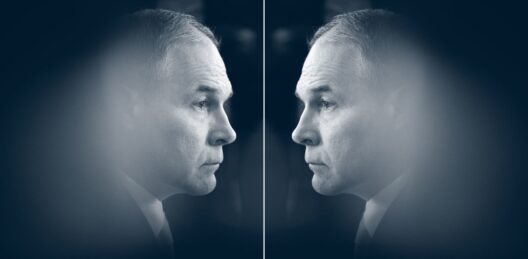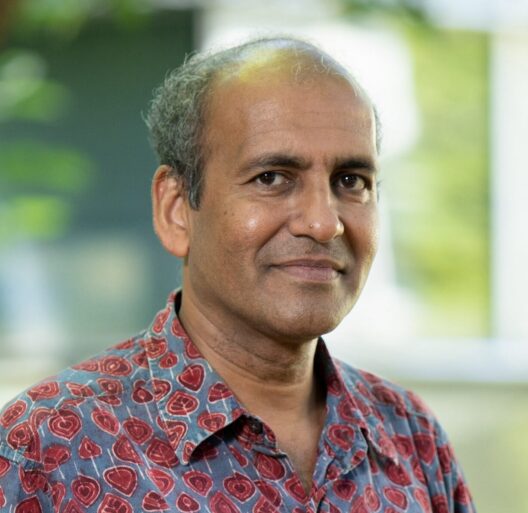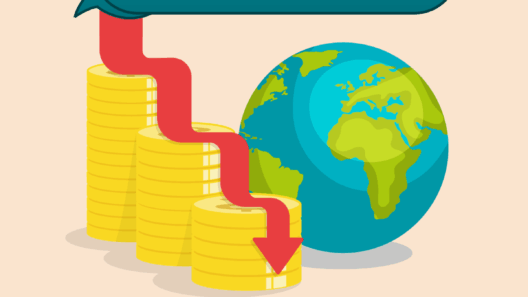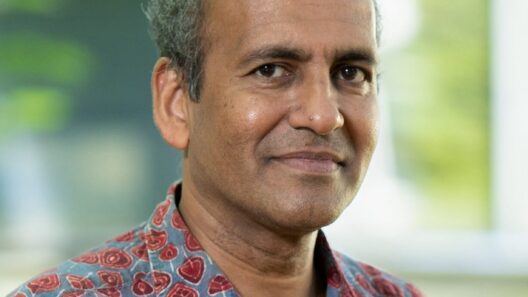Global warming is often perceived as an insurmountable foe, a monstrous inhabitant lurking within the shadows of our ecological landscape. However, combating this menace not only protects our planet but also serves as a surprisingly effective financial strategy. The interconnectedness of environmental stewardship and economic vitality is becoming increasingly apparent. Embracing sustainable practices can lead to a cascade of monetary benefits, revealing that fixing global warming is not merely an altruistic endeavor; it is an investment in fiscal prudence.
First and foremost, the transition to renewable energy sources represents a revolutionary shift in our economic structure. Solar, wind, and hydroelectric power have gained prominence as viable alternatives to fossil fuels. The initial investment in renewable infrastructure might be perceived as daunting, akin to planting a seed with the hope of a future forest. Yet, the long-term savings on energy bills and the decreasing dependency on imported fuels yield greater financial returns. For instance, households that adopt solar panels often notice a remarkable reduction in their electricity expenses, while businesses benefit from lower operating costs. In this way, the metamorphosis to renewable energy not only curtails emissions but also offers a veritable financial windfall.
Moreover, transitioning to a low-carbon economy opens doors to innovative industries and job creation. The green sector is burgeoning, filled with opportunities that rival traditional industries. Much like a river that carves through rock, persistent investment in sustainable jobs shapes the future of employment. For every megawatt of renewable energy harnessed, jobs sprout in fields ranging from solar panel manufacturing to installation and maintenance. This evolution not only counters the rising tide of unemployment but also enriches local economies. The interplay between environmental initiatives and economic growth can be likened to the symbiotic relationship between flora and fauna, each supporting the other’s thriving existence.
Another facet of financial relief through global warming mitigation is found in the realm of healthcare costs. Climate change exacerbates air pollution, leading to respiratory ailments and other health complications. By reducing carbon emissions, we can alleviate the burden on our healthcare system, much like removing obstructions in a stream allows for a smoother flow of water. A healthier population translates to reduced healthcare expenditures, benefiting both individuals and governments. Furthermore, communities that invest in green spaces and sustainable urban planning not only enhance the quality of life but also cultivate avenues for health savings. When we invest in a cleaner environment, we ultimately diminish the healthcare costs that arise from environmental degradation.
A critical aspect often overshadowed by conversations on global warming is the impact of climate action on agriculture and food security. The agricultural sector is particularly vulnerable to climate fluctuations. However, adopting sustainable farming practices can mitigate these risks while simultaneously enhancing crop yields. Consider the concept of agroecology—integrating ecological principles into agricultural production—which not only boosts resilience to climate change but fosters biodiversity. Farmers employing these methods often see decreased input costs, ensuring a more robust economic return. Just as a well-tended garden yields bountiful produce, so too does a sustainable approach cultivate financial stability.
Furthermore, investing in energy efficiency presents an often-overlooked avenue for significant savings. Energy-efficient appliances, retrofitting buildings, and implementing smart technologies can drastically reduce energy consumption—an action equivalent to shutting off a leaky faucet. Organizations that adopt these practices frequently discover lower utility bills, less maintenance requirements, and an overall enhancement in operational efficiency. Governments that incentivize energy-efficient technologies through tax rebates or subsidies bolster this transition, ultimately resulting in a win-win scenario for both taxpayers and environmental advocates.
Moreover, the financial implications of climate change inaction are dire. Natural disasters, exacerbated by global warming, cause billions in damages annually. From hurricanes to wildfires, the economic toll on infrastructure, homes, and livelihoods is staggering. Much like fortifying the foundations of a home to withstand storms, investing in climate resilience strategies can offset these potential losses. By proactively addressing vulnerabilities through infrastructure improvements and community preparedness, economies can save themselves from the cyclical expenses brought on by disaster recovery efforts.
As for the transportation sector, electrifying our fleets and investing in public transportation systems can yield remarkable financial dividends. Electric vehicles (EVs) not only reduce reliance on fossil fuels but also lower maintenance costs due to fewer moving parts in electric engines. Moreover, improved public transit infrastructure reduces congestion and enhances the efficiency of urban landscapes, leading to decreased commuter costs. Transitioning to a sustainable transportation model can be likened to choosing a bicycle over a car—it may require an initial adjustment, but the long-term benefits are substantial.
In conclusion, the connection between fixing global warming and saving money is both profound and multifaceted. By embracing renewable energy sources, cultivating sustainable jobs, reducing healthcare costs, enhancing agricultural resilience, improving energy efficiency, fortifying against climate-induced disasters, and transforming transportation systems, we create a financial tapestry that benefits both the economy and the environment. A comprehensive approach to climate action is not merely an ethical obligation; it is an astute financial strategy. The time has come to recognize that in the battle against global warming, every financial investment is also an investment in our planet’s future, a testament to the interconnectedness of our ecosystem and economy. The potential for financial liberation lies in our embrace of sustainable practices, illuminating the path toward a resilient, thriving future.








